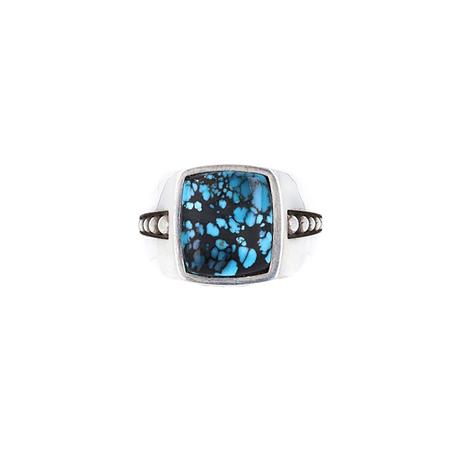
 Kingman Spiderweb Turquoise Ring
Kingman Spiderweb Turquoise Ring
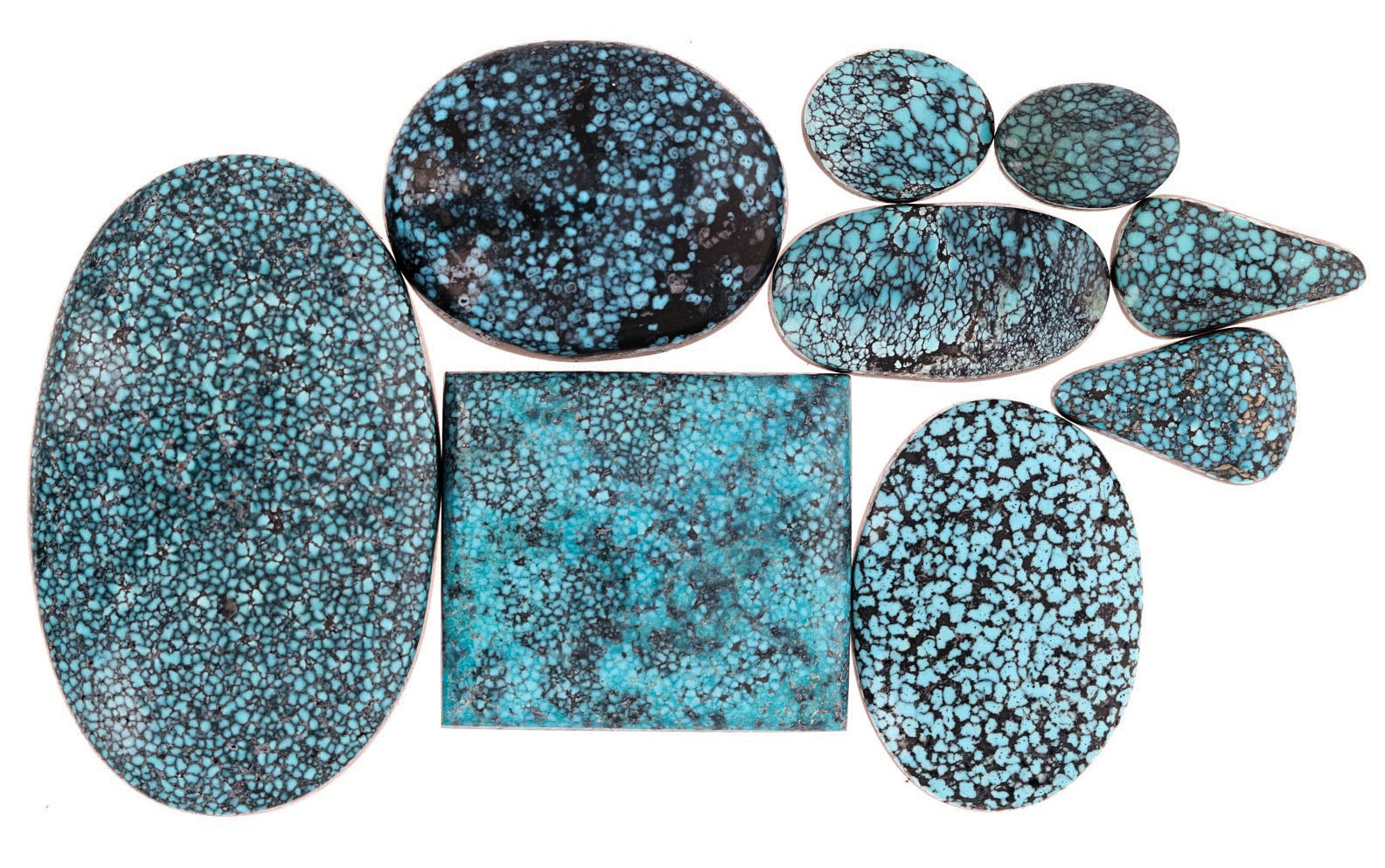
.

 Kingman Spiderweb Turquoise Ring
Kingman Spiderweb Turquoise Ring
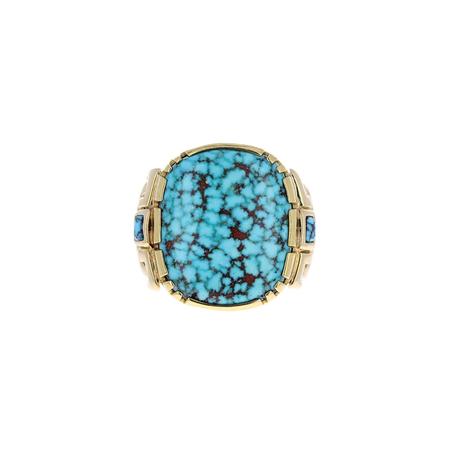
 Kingman Spiderweb Mayan Gold Ring
Kingman Spiderweb Mayan Gold Ring
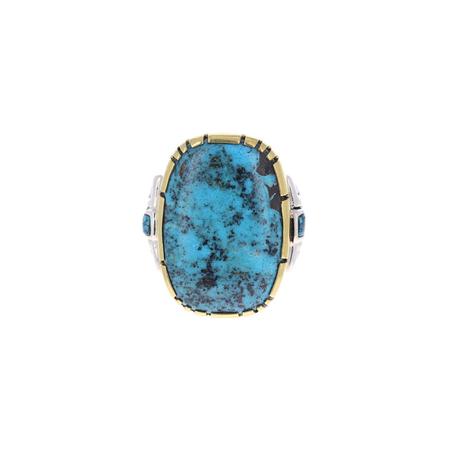
 Kingman Spiderweb Mayan Gold Ring
Kingman Spiderweb Mayan Gold Ring
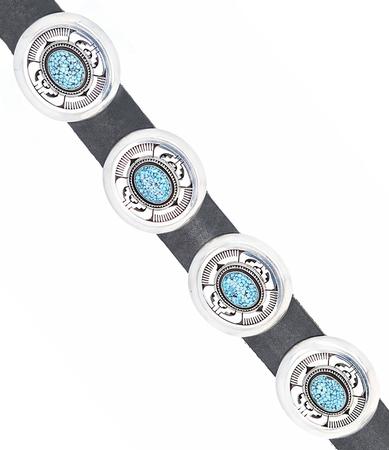
 Kingman Spiderweb Turquoise Concho Belt
Kingman Spiderweb Turquoise Concho Belt
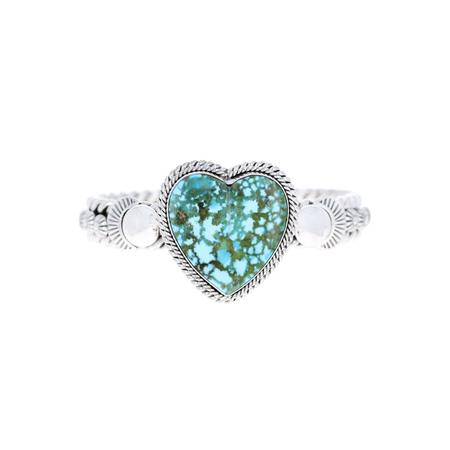
 Kingman Turquoise Web Heart Cuff
Kingman Turquoise Web Heart Cuff
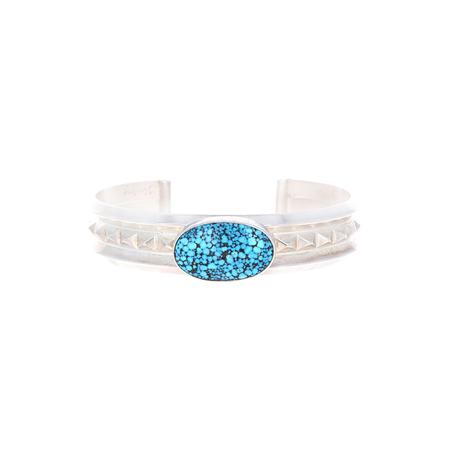
 Kingman Spiderweb Turquoise Silver Cuff
Kingman Spiderweb Turquoise Silver Cuff
